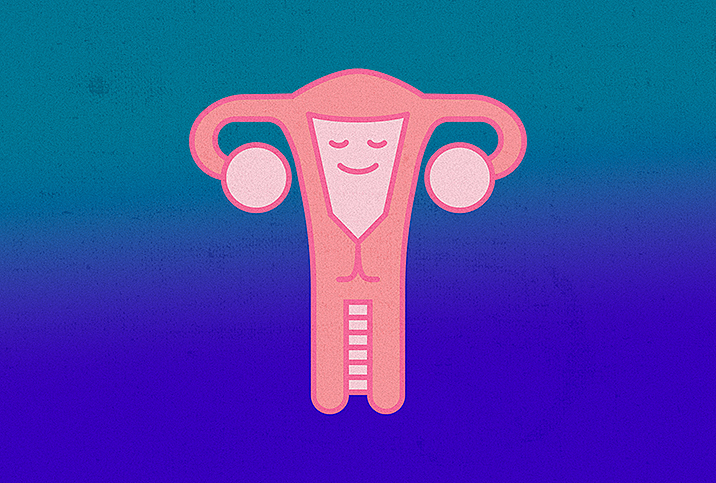Managing Your Endometriosis in the Workplace

Endometriosis is an illness in which tissue that generally lines the uterus grows outside of the uterus instead, and can be found on the ovaries, fallopian tubes or intestines. Endometriosis requires a medical diagnosis. This disorder can result in severe abdominal cramps, pelvic pain (which grows worse during a woman's menstrual cycle), longer periods and a heavier menstrual flow, among other complications.
Coping with pain at work
For some, the pain associated with endometriosis can make work life difficult. Depending on pain intensity, keeping consistent hours at work may be a challenge. There's some good news, though. Endometriosis does qualify as a disability and women can sometimes take advantage of FMLA, the Family and Medical Leave Act, to undergo treatment and tend to severe pain. While under FMLA, you can take time off to cope and deal with your pain, without the fear of losing your job.
While it may feel difficult or embarrassing to explain your endometriosis, and its impact on your ability to work, to your boss or coworkers, keeping an open dialogue will help pave the way toward necessary time away from work.
Here are a few things to keep in mind when talking to your employer:
- Find a friend. Confiding in a trusted coworker may be helpful when you need a break or are having a hard day.
- Communicate with your supervisor. Talking to your boss may not be as easy— however, it may be necessary if you choose to seek disability assistance.
- Space out your more challenging tasks. Keep an eye on your energy levels throughout the day and plan your more strenuous tasks around that.
- Plan ahead. Keep a heating pad, pain medication and other helpful products at your desk or in your car for when the pain strikes.
- Take a break. Be kind to yourself and allow breaks when you need them. Try making a calming playlist, reading an inspiring poem or taking an easy walk to give yourself a needed reprieve.
Applying for disability
Keeping the lines of communication open with your place of employment will help pave the way toward further assistance, like FMLA and disability benefits. Here are a few things to keep in mind when applying for disability benefits:
- Paperwork: Keep records of all medical appointments. Proper documentation from your doctor about the stages of your condition will be necessary to prove your need for benefits.
- Documents: Besides medical records, you'll need your Social Security number, birth certificate, proof of citizenship, W-2s, pay stubs, information about your job's workers' compensation, five years' worth of employment information and other basic personal information.
- Application: You can complete your Disability Benefits Application online.
Once you've submitted your online application and it has been reviewed, you'll receive a decision by mail. If you prefer to apply in person, look for your local Social Security office.
You're not alone with your endometriosis pain. There are options to help you, both in and out of the workplace. Keep communication open and always reach out to your doctor with concerns or questions.

















